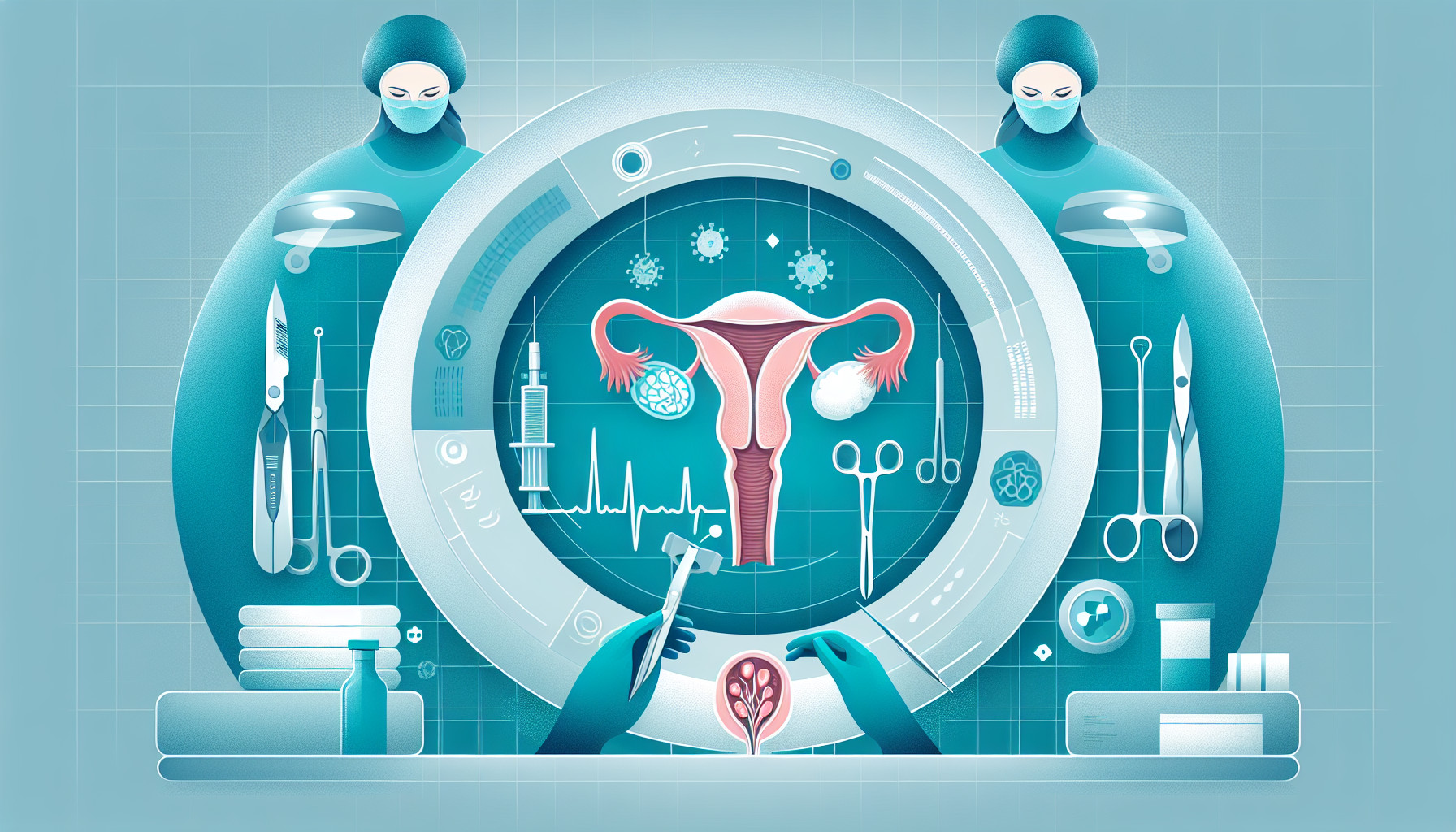Our Summary
This research paper is about a rare case of a woman who had a large abnormal growth, called an extragonadal teratoma, in her omentum (the layer of fat that covers the organs in the belly). This woman had been experiencing pain in her right groin for three days. In 2013, she was diagnosed with a similar growth in her right ovary but chose not to have surgery to remove it. During the recent surgery, which was initially done because doctors thought she had a twisted ovarian cyst, they discovered the large growth in her omentum. They also found that her right fallopian tube and ovary were missing. The doctors believe that these organs disappeared due to a chronic condition where the ovary twists, leading to its removal from the body. It’s hard to diagnose these types of growths before surgery, but doctors should consider the possibility if they find a round, mobile mass in the abdomen. The growth was successfully removed using a minimally invasive surgical procedure, showing that this method can work even for large extragonadal teratomas.
FAQs
- What is an extragonadal teratoma of the omentum?
- Can a large extragonadal teratoma be removed laparoscopically?
- How can an extragonadal teratoma be diagnosed preoperatively?
Doctor’s Tip
One helpful tip a doctor might tell a patient about ovarian cyst removal is to follow post-operative care instructions closely, including taking prescribed pain medication, avoiding heavy lifting or strenuous activity for a period of time, and attending follow-up appointments to monitor healing and ensure there are no complications. It is also important to report any unusual symptoms or signs of infection to your healthcare provider promptly.
Suitable For
Patients who are typically recommended ovarian cyst removal include those who have:
- Large cysts (greater than 5 cm in diameter)
- Cysts that are causing symptoms such as pelvic pain, bloating, or pressure
- Cysts that are suspected to be cancerous
- Cysts that are persistent and do not resolve on their own
- Cysts that are causing complications such as torsion or rupture
In the case of extragonadal teratomas, such as omental teratomas, surgical removal is recommended to prevent potential complications and to establish a definitive diagnosis. Laparoscopic management is often feasible for the removal of these tumors.
Timeline
Before ovarian cyst removal:
- Patient may experience symptoms such as abdominal pain, bloating, irregular menstrual cycles, and pelvic pressure
- Patient may undergo imaging tests such as ultrasound or MRI to diagnose the ovarian cyst
- Patient may be prescribed pain medications or hormonal therapy to manage symptoms
- Patient may be monitored regularly to track the size and growth of the cyst
After ovarian cyst removal:
- Patient undergoes laparoscopic surgery to remove the cyst
- Postoperative recovery period typically involves pain management, monitoring for complications, and follow-up appointments with the surgeon
- Patient may experience temporary discomfort, bloating, and fatigue after surgery
- Patient may be advised to avoid strenuous activities and heavy lifting for a certain period of time
- Patient may undergo follow-up imaging tests to ensure the cyst has been completely removed and to monitor for any recurrence.
What to Ask Your Doctor
- What is the reason for recommending ovarian cyst removal in my case?
- What are the potential risks and complications associated with ovarian cyst removal surgery?
- What type of surgical approach will be used for the ovarian cyst removal?
- How long is the recovery period expected to be after the surgery?
- Will I need any additional treatments or follow-up care after the ovarian cyst removal?
- Are there any alternative treatment options available for my ovarian cyst?
- Will the removal of the cyst affect my fertility or hormonal balance in any way?
- What is the likelihood of the cyst returning after removal?
- Are there any specific lifestyle changes or precautions I should take after the surgery to prevent future cysts?
- Can you provide me with more information about the specific type of cyst I have and why it needs to be removed?
Reference
Authors: Zahid AZM, Rahman NA, Karim ZR, Omar E. Journal: Gynecol Minim Invasive Ther. 2022 Feb 14;11(1):51-53. doi: 10.4103/GMIT.GMIT_146_20. eCollection 2022 Jan-Mar. PMID: 35310121
